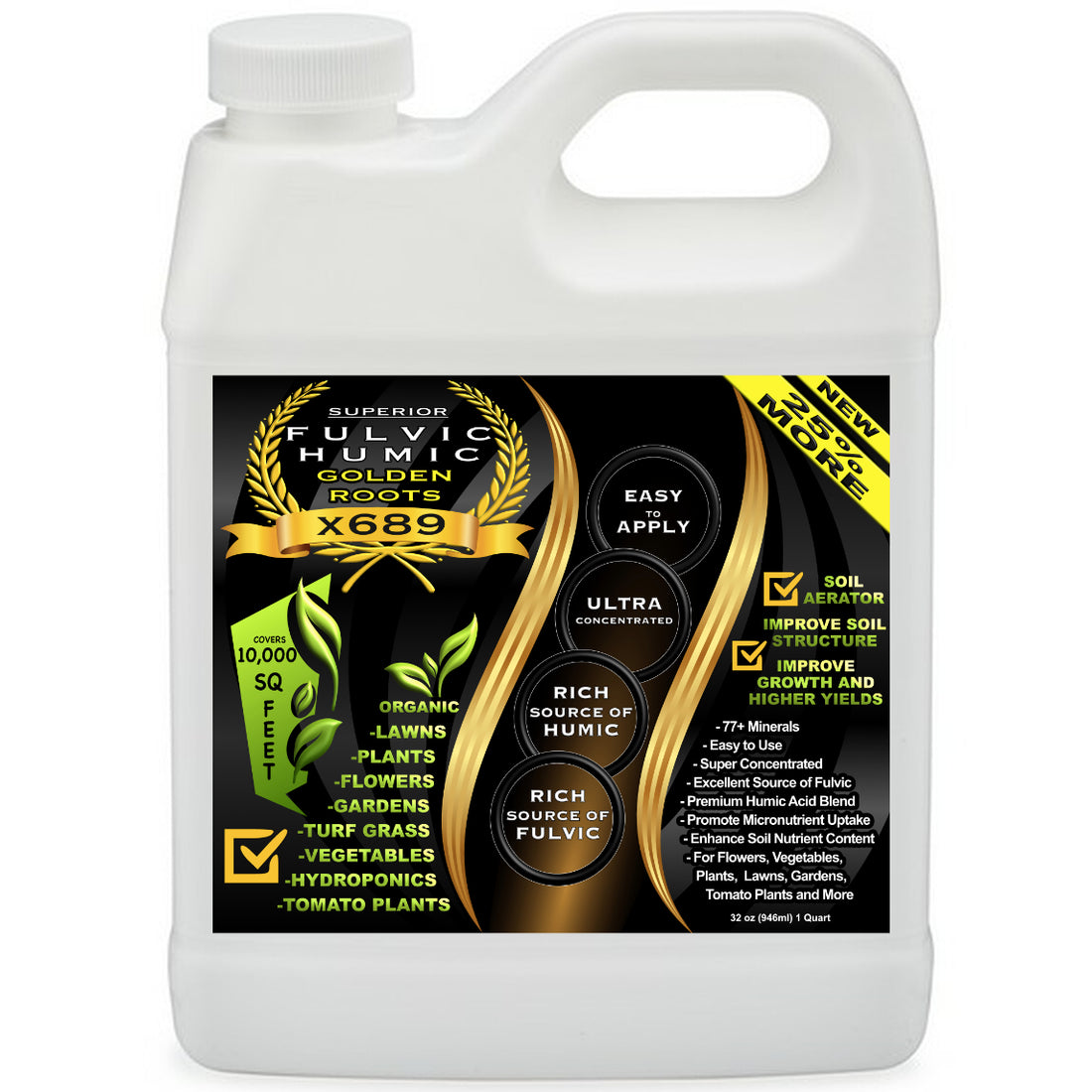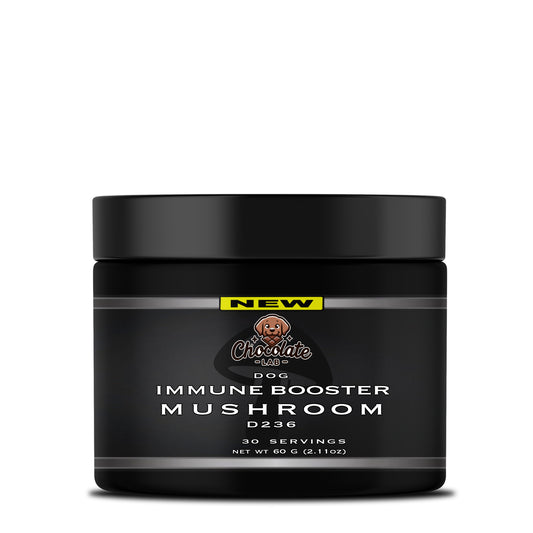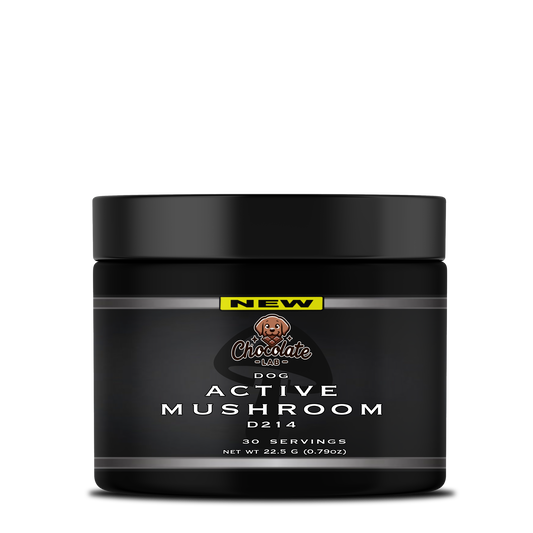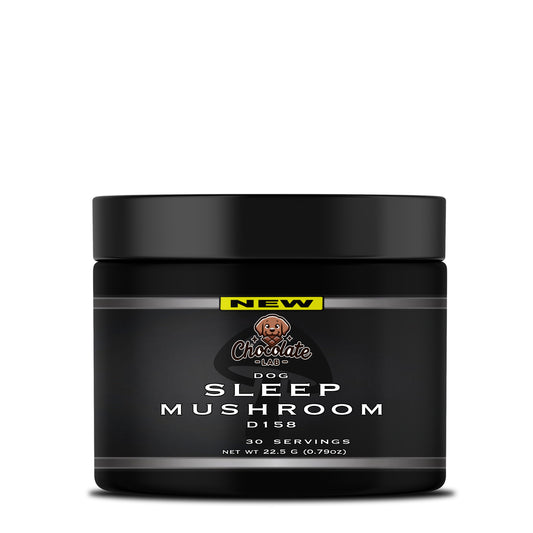
Humic Acid Liquid Lawn Aeration - What is Humic Acid?
Humic Acid: A Comprehensive Guide
When thatch, dead matter, and contaminated soil make your lawn a home, it can lose all its rich, vibrant shades. And if you think aeration is the only solution available, you may want to learn about Humic acid.
One of the most widely employed substances to boost cultivation in the agriculture industry, Humic acid is nutrient-dense and works as excellent soil and plant fertilizer with immense benefits. It not just leaves optimum effects on soil and plants but penetrates deep into the roots as well. Keep on reading to know more about humic acid and how its liquid aeration can help you revive your lawn!
What Is Humic Acid?
The lifecycle of crops is straightforward: first, plants are seeded, next they are nourished and grow, then they're harvested. The remainders of the plants will be returned to the soil where they will be broken down by microorganisms and used in the next crop cycle.
This simple scenario is a complex interchange of chemical, physical, and biological actions. As with everything else on this planet, the story of humic substances starts and concludes with carbon. All life on this planet is carbon-based: animals, plants, microorganisms. Carbon is essential to producing everything biological and keeping it powered and in working order.
Humic acid is a long-chain molecule that is high in molecular weight and dark brown in color.
As humic acid goes through hundreds of years of degeneration and decay of animals and plants, it becomes a natural source of carbon and nutrients for vegetation.
Not only does it fulfill the nutritional value required for the healthy growth of plants and vegetation, but it also promotes soil structure and overall soil workability.
Freshwater and oceans, leonardite, soils, and peats serve as the primary reservoirs for humic acids. At the same time, humic substances are a component of humus - a biodegradable element of soil produced by soil microbes decomposing leaves and other plant matter.
Where Does Humic Acid Come From?
Humic acid is derived from humus which are the last components of the natural decomposition of animals and plant matter. Humus is a broader term used to define a group of complex substances like humic acid, fulvic acid, and humin.
Humus is found in ancient leonardite deposits deep beneath the earth. First, the Leonardite needs to be mined, and using a complex organic method the Humic and Fulvic acid is extracted from the Leonardite. The remainings are the humin which is not a significant beneficial source to crops or lawns. The key players are the high-quality Humic and Fulvic acid.
Humus Versus Organic Matter

To understand the difference between organic matter and humus, one must learn to differentiate organic matter and organic material. The latter is a living substance that spends a lifetime either in or on the soil before decomposing and turning into the former.
Otherwise stated, an organic material becomes organic matter when it goes through decaying and degeneration for a certain amount of time. Also, an organic material becomes organic matter when it decomposes into Humus, which cannot be decomposed anymore.
The term "Soil Organic Matter" also refers to the same concept and comprises of three parts:
- Fresh: remnants of soil organisms and small plants
- Active: organic matter in the decaying process
- Humus: final break-down of organic matter
As for the Humus, it comprises of three further constituents:
- Humic acids (HAs): Humic acids are a combination of weak aliphatic (carbon chains) and aromatic (carbon rings) organic compounds that are insoluble in acidic water although soluble in alkaline water.
- Fulvic acids (FAs): Fulvic acids are a combination of weak aromatic and aliphatic organic compounds that are water-soluble at all pH levels, let it be acidic, alkaline, or even neutral. However, they observe the variation when it comes to their form and composition.
- Humins: Humins are humic compounds with the highest insoluble qualities as they are not soluble at any PH level. Also, they are insoluble in both alkali (high pH) and acid (low pH).
How Does Humic Acid Work?
Humic acid for plants can do wonders on soils and sands which are deprived of adequate nutrients and water. As it provides habitat for the organisms and the soil they are present in, humic acids can significantly increase overall growth production.
Humic acid in soil works by binding the cations - positively charged ions - and chelating chemical compounds like multivalent ions - Mg, Ca, Fe, etc. - which increases ion absorption in the soil. Not only that, but they also help undo the damage to the soil caused by toxic metals.
Another great thing about Humic acid is that they help retain more water and nutrients, which works miracles on sands. Since sandy areas in deserts are prone to fewer water sources, including rain, humus is known to fill this deficiency with its biomolecules (humic, fulvic, humins).

How Does Humic Acid Benefit Your Plants (Top 20 Ways)?
Humic acid is a combination of natural organic molecules found in animals, plants, and even soils. However, humic acid for plants and soil does more than just stimulate their production and growth. Whether it is a physical, chemical, biological, ecological, or economic sector, the list of positive effects of humic acids has no end.
So, regarding the significant benefits of humic acid in vegetation, know that an extra boost of humic acid to your plants can:
- Promote Plants’ Nutrient Uptake: As plants need enough nutrients for healthy growth, humic acids promote their active nutrient uptake process by boosting the nutrients supply to the root surface.
- Increase Drought Tolerance: The dry atmosphere and arid conditions are significant causes of dead vegetation. Humic acids save the roots from dying by increasing the plants' ability to absorb enough water.
- Improve Seed Germination: Humic acid is widely known for promoting seed growth in plants. Not only does it boost water absorption, but it also helps the seed get enough oxygen and warmth to grow properly.
- Increase Soil’s Microbial Activity: Because plants depend on soil microbes to mineralize organic resources for survival and growth, adding Humic acid to the soil increases its quality, improving soil microbial activity.
- Help Soil Aeration: The soil aeration process is necessary for the plants and vegetation to minimize oxygen starvation as much as possible. And thanks to Humic acid, the toxic CO2 levels always stay in control.
- Neutralize Soil’s pH Value: The pH level of soil affects plant development as it saves the vegetation from any toxic elements. Using Humic acid will ultimately reduce the soil's harmful pH levels to ensure plant growth.
- Promote Plant Enzymes: Plants are dependent on chemical reactions like photosynthesis to develop, and enzymes play a crucial role in speeding up these processes. Humic acid does wonders to plant growth by promoting enzymes.
- Stimulate Plants’ Disease Resistant Mechanism: Since plants and vegetation are at a constant threat to pests, bacteria, and pathogens, Humic acid increases their defense system, which helps fight enemy molecules.
- Promote Root Respiration: Plants, like all other organisms, need oxygen to grow, and humic acid promotes healthy root respiration, which ensures the successful use of respired energy for the growth of tissues and overall roots.
- Promote Root Formation: Humic acids, other than promoting root respiration, also aids root formation, which is necessary for plants to gain structural strength and proper nutrient uptake.
- Boost Nutritional Composition: As plants require different elements to grow, any deficiency can lead to dying vegetation. An easy way to save plants is to use Humic acids to promote mineral and nutrient content in plants.
- Strengthens Cell Wall: Whether it's a plant, fruit, or vegetable - each requires a thick cell wall to both reduce osmotic stress and provide defense against harmful pathogens. Gladly, Humic acid can do it all.
- Stimulate Soil Fertility: Humic acid increases soil fertility which directly affects plant growth. It boosts microorganisms to decompose all the essential compounds to help the plant absorb and uptake them efficiently.
- Increase Biological Processes: Whether it is respiration, nutrition, seed germination, stress physiology, or any other biological process, humic acid fertilizers in plants serve as an organic catalyst and accelerate these processes.
- Develop Essential Amino Acids: Amino acids not just control a plant's stress response but are also actively involved in protein biosynthesis and successful photosynthesis. Thereby, using humic acid is a great way to promote amino acids in plants.
- Develop Chlorophyll: Humic acid is also known to promote the growth of chlorophyll in plants. It, in turn, transforms the energy absorbed by the sun into chemical energy for plants.
- Increase Biomass Production: The better photosynthesis in plants, the more biomass will be produced. And since it stores chemical energy absorbed by the sun, it is necessary to give your vegetation some humic acid to promote photosynthesis and ultimately high biomass production.
- Destroy Toxins: With the increase in pollution every day, plants are prone to toxins more than ever. And an easy way to protect your plants is to invest in Humic acid.
- Promote Salt Resistance: A Humic acid fertilizer can help control fructose concentration in the plant, which improves their cell membrane and secures the plant from salt stress.
- Help Reduce Soil Erosion: Humic acid promotes the root system and increases the plant's ability to resist soil erosion.
Why Do I Need to Add Humic Acid to my Soil?
Many factors promote soil growth, like climate and organisms, but one thing that can highly impact it is the soil's Cation Exchange Capacity. Since CEC is crucial for enhancing the overall structure of soil from its water absorption to storing nutrients, adding humic acid to your soil can increase its CEC.
Also, humic soil is more resistant to acidification which helps in better plant and vegetable cultivation. Humic acid also reduces soil erosion and stimulates soil fertility, boosting plant growth and providing enough defense against toxin elements.
What Does It Do For Your Lawn?
Using Humic acid for lawns is always a great idea as it enhances soil’s ability to ward off microbes and pathogens. Not only that, but it also increases fertilization as it promotes plants’ nutritional uptake, increases healthy plant enzymes, and improves seed germination. Humic acid works synergistically with all types of fertlizeres, as a result enhancing the effects of the fertlizer.
Whether you have a lawn or garden, you can always increase your soil’s microbial activity and fertility by adding humic acid to it. Other than leaving positive effects on soil, humic acid also destroys toxins and reduces soil erosion.
When it comes to plants and vegetation in your lawn, humic acid can stimulate plants’ Disease Resistant Mechanism, strengthen their membranes and eliminate any harmful molecules to promote better plant growth.

Top 20 Benefits of Adding Humic Acid To Your Lawn
Everyone dreams of an eye-soothing and mind-refreshing lawn, but often pests, pathogens, and dead soil makes it impossible to achieve. Let it be any reason; a Humic soil conditioner can transform an old, drying lawn into a vibrantly greenish yard. It has optimum-level results to nurture not just the soil, but also plants and other vegetation.
Here are some of the top 20 benefits of adding Humic acid to your lawn:
1. Humic acid increases microbial activity in the soil, which is responsible for decomposing organic matter, helps plants mineralize organic materials, and boosts other soil reactions.
2. Humic acid facilitates Soil Aeration by keeping harmful carbon emissions under control, and it also secures plants and vegetation from oxygen deficiency.
3. The high pH levels of soil can inflict danger to plants and the soil’s overall structure. By adding humic acid, you can neutralize soil pH levels and promote plant growth.
4. Humic acid promotes soil fertility, which directly influences plant development because microorganisms break down all essential chemicals, making them easier to absorb and assimilate.
5. Roots are an essential part of plants that can make your lawn barren if dried out and died. However, the situation can be avoided by using Humic acid, which promotes root respiration allowing it to thrive in enough oxygen.
6. A lawn looks vibrant only when the plants and vegetation are healthy and strong; it cannot be achieved without enough strong roots supporting them. By boosting root formation, humic acid helps in attaining the perfect-looking lawn.
7. A poor soil structure indicates the deficiency of active carbon. Luckily, Humic acid is well-known to stimulate active carbon in the soil to ensure better plant development.
8. The soil in your lawn needs proper nutrients and enough water to thrive, and thanks to Humic acid, it can fulfill all its needs.
9. Humic acid improves the root system and boosts the plant's capacity to withstand soil erosion.
10. Humic acid promotes seed development in plants which is essential for a rich, green lawn. It improves the moisture content and ensures that the seed receives adequate oxygen and temperature to grow optimally.
11. Because plants require adequate nutrients for proper growth, humic acids stimulate their nutrient uptake process by increasing biomass production to the root surface.
12. There are always pathogens and toxins out there ready to attack the vegetation in your lawn, but humic acid ensures healthy microbes growth that helps plants defend them.
13. Plants require various components to develop; any shortage might result in withering vegetation. Humic acid, which enhances mineral and nutritional content in plants, is a simple approach to save your lawn.
14. Contaminated soils full of toxins can destroy all the plants and greens in your lawns. Thankfully, a humic acid fertilizer blocks the reactivity of toxins and removes contamination.
15. Light, heat, water, and CO2 all have an impact on photosynthesis. But adding humic acid to your lawn can balance all the factors and promote healthy photosynthesis.
16. Chlorophyll is an essential factor in regulating nutritional availability in leaf tissues, and though can be affected by extreme environments, humic acid can promote chlorophyll concentration in plants.
17. Humic Acid serves as an excellent soil supplement for lawns and gardens as it enhances both clay and sandy soils.
18. Humic acid aids in the neutralization of toxins and pathogens in soils, allowing plants to grow where they could previously just survive.
19. Soil nutrients are often swept away by heavy downpours or irrigation. Humic acid binds soil nutrients and essential minerals to preserve it for a longer time.
20. The grass in your lawn needs phosphorus for a healthy root network, and Humic acid increases phosphorus availability to vegetation.
What is Lawn Aeration?
Lawn thatch - a mixture of living and dead plants - can take away all the oxygen to your lawn, leaving it dull and barren. Aeration is a technique used to break compacted soil and let essential elements like air, water, and nutrients reach the roots to promote better plant growth.
You can use a machine to aerate your lawn, but liquid lawn aeration is a more effective solution as it enters the deepest soil levels and has long-lasting effects.
How Humic Acid Can Act as an Aerator For Lawns
Using Humic acid for liquid aeration for lawns is a popular and effective solution as the substance can remove thatch without harming the soil. Humic acid promotes soil microorganism activity, which accelerates the decomposition of decaying organic matter, turning it to humus and optimum molecules (fertilizer).
You should sprinkle humic acid as per the product's requirements. Or, you can mix liquid humic acid with water (one gallon of water would require just two ounces of acid) and sprinkle the mixture above the grass (2-4 inches distance is enough).
Conclusion
Humic acid is an excellent plant fertilizer and fulfills the need of effective liquid aeration for your lawn. It promotes soil, plants, and vegetation and secures them from harmful pathogens and environmental factors. If your lawn is all dull and needs a thriving change, know that humic acid can do the job!








